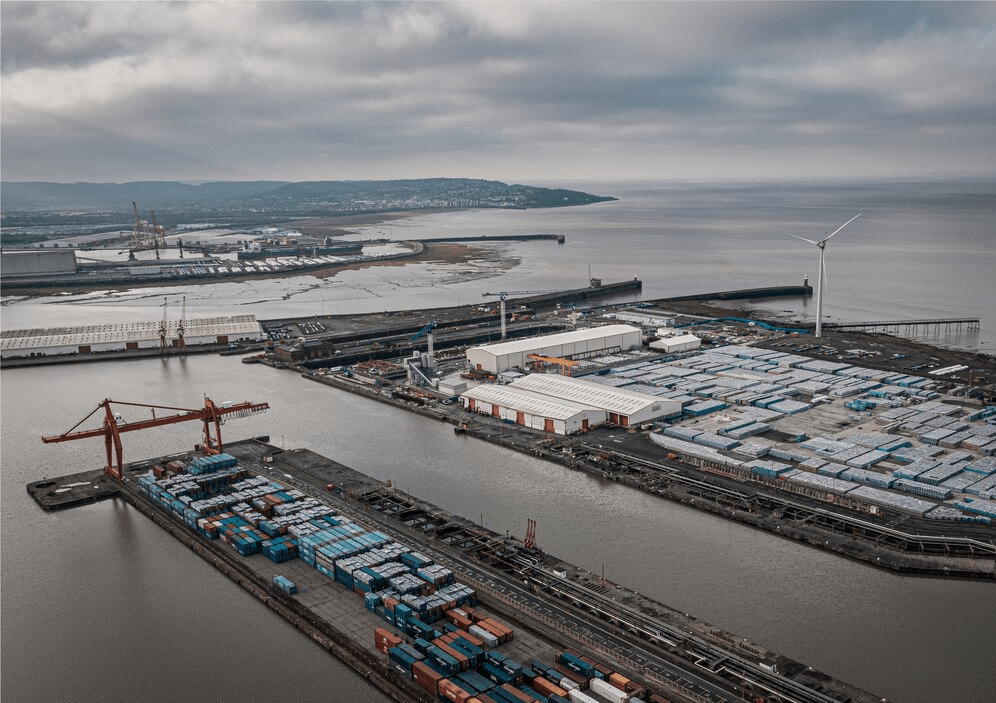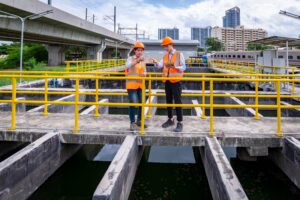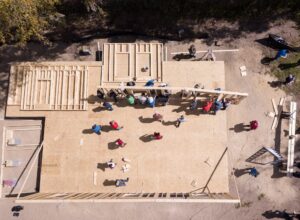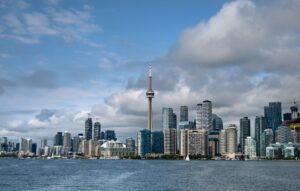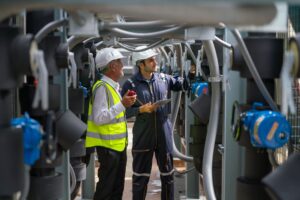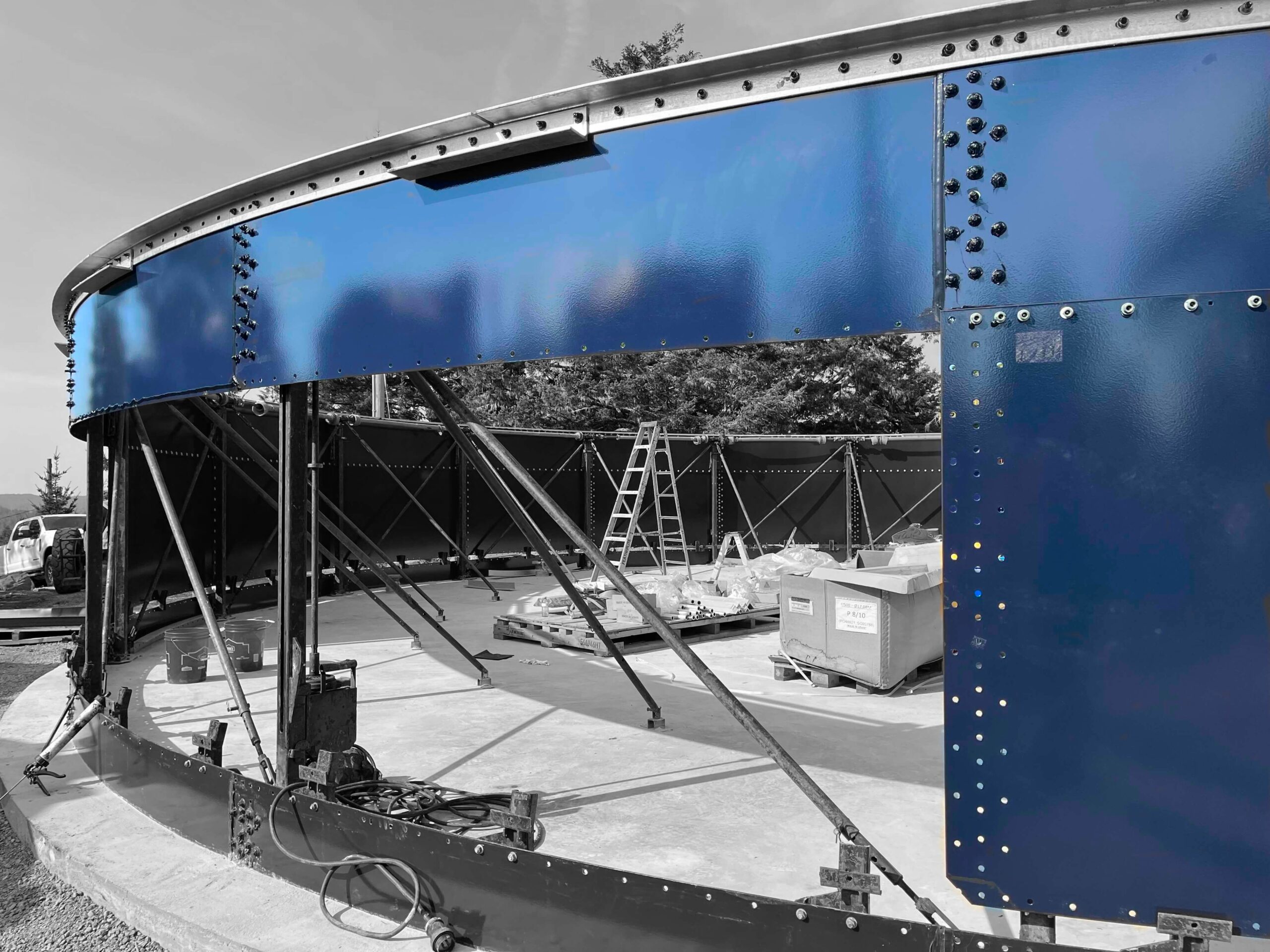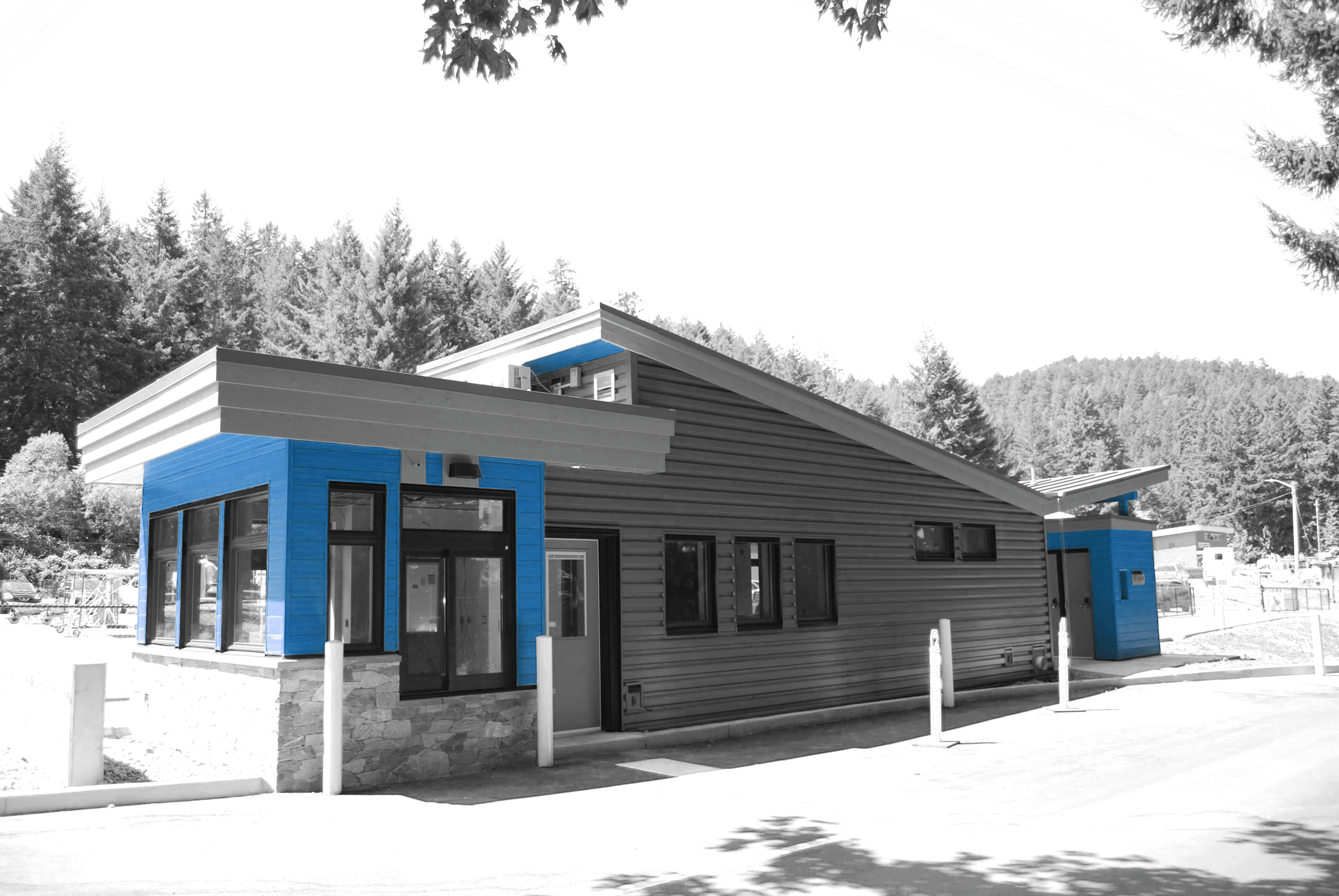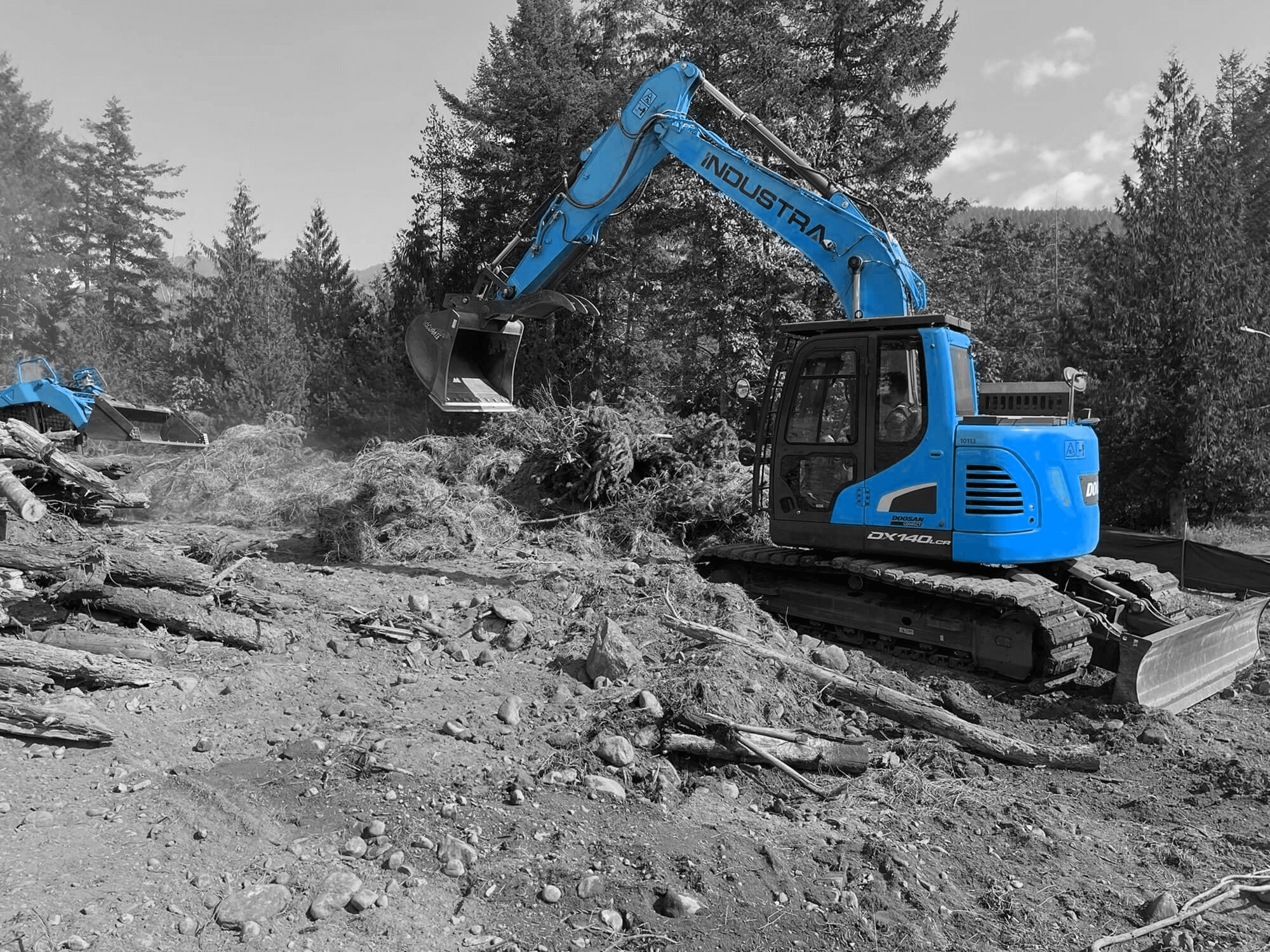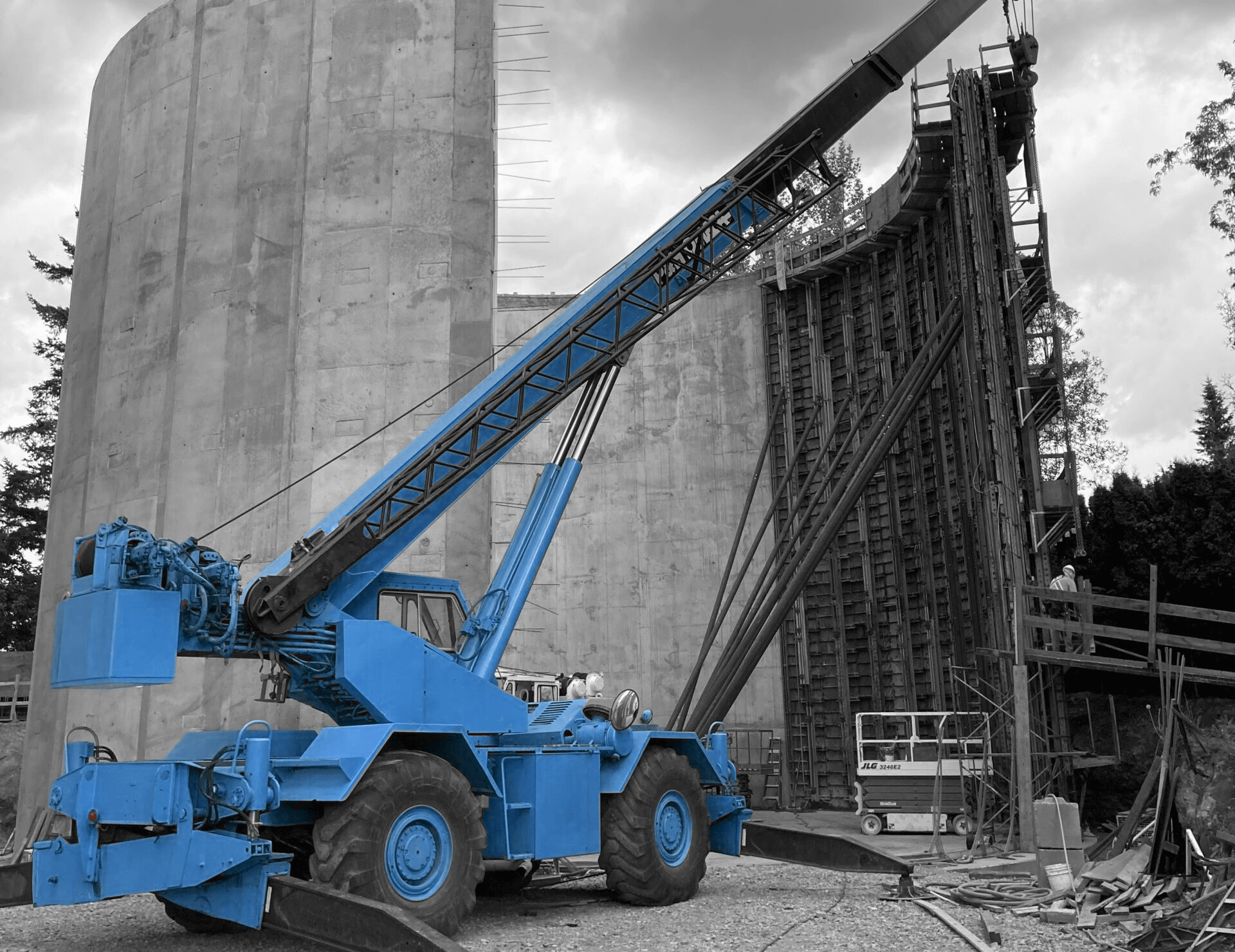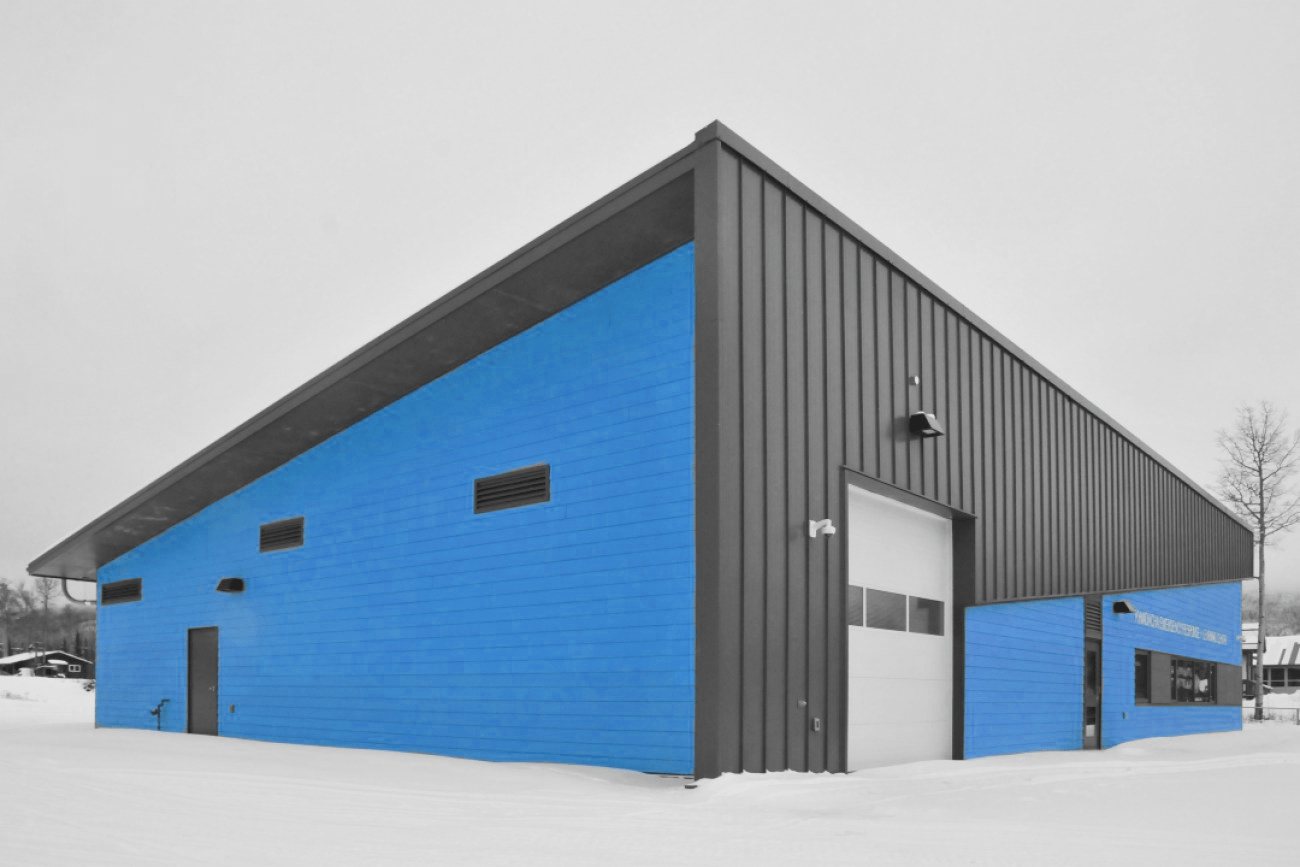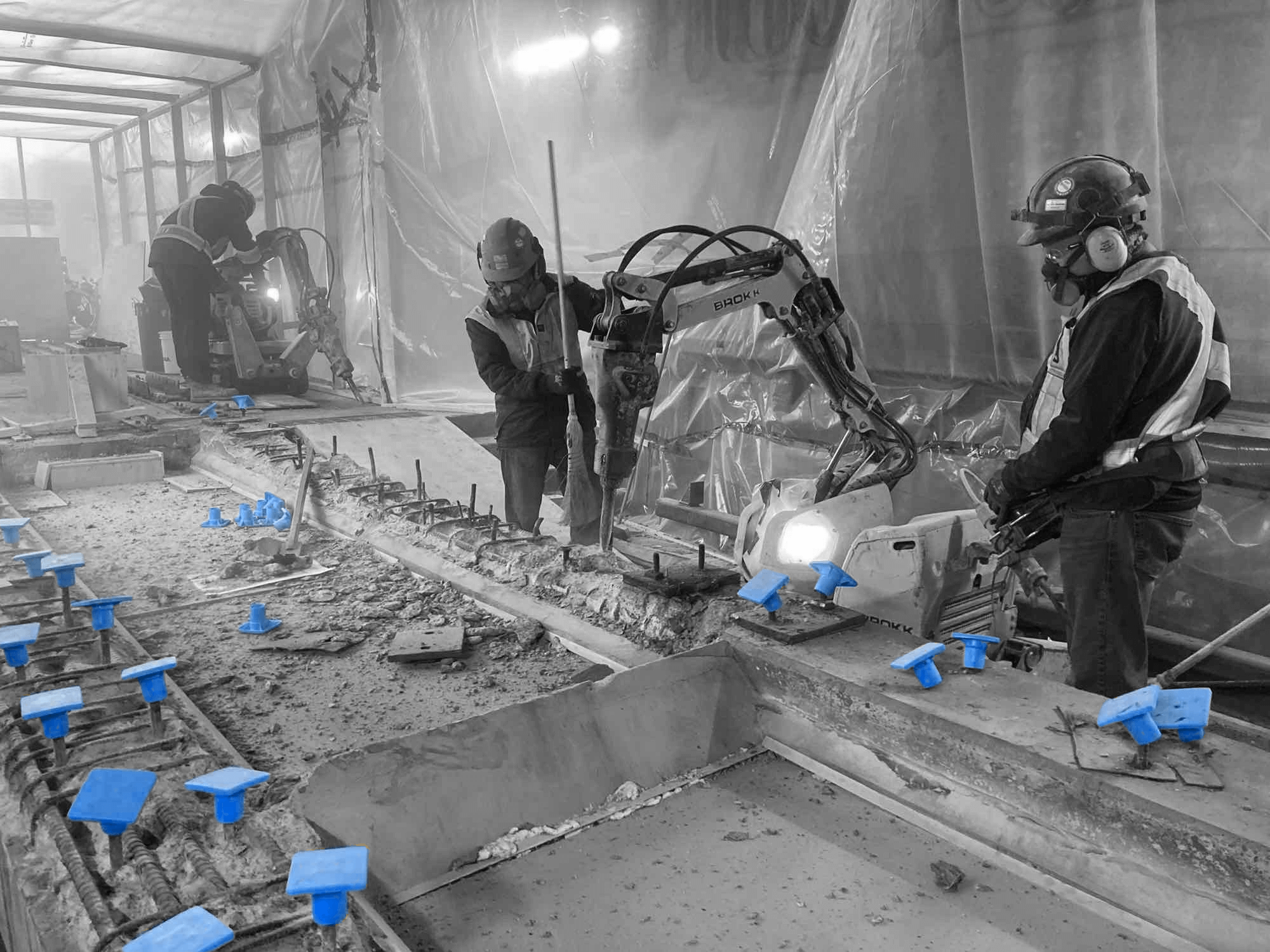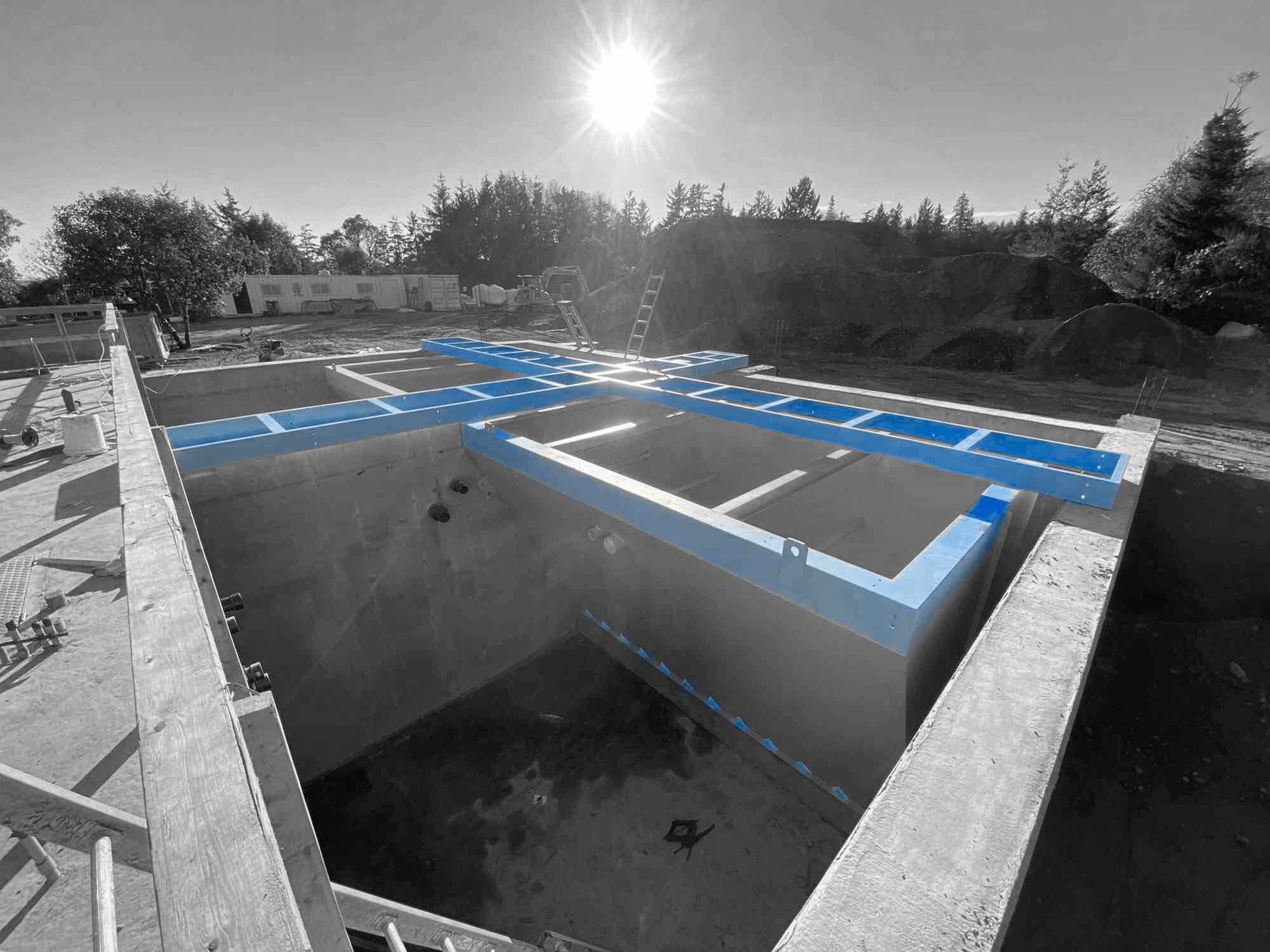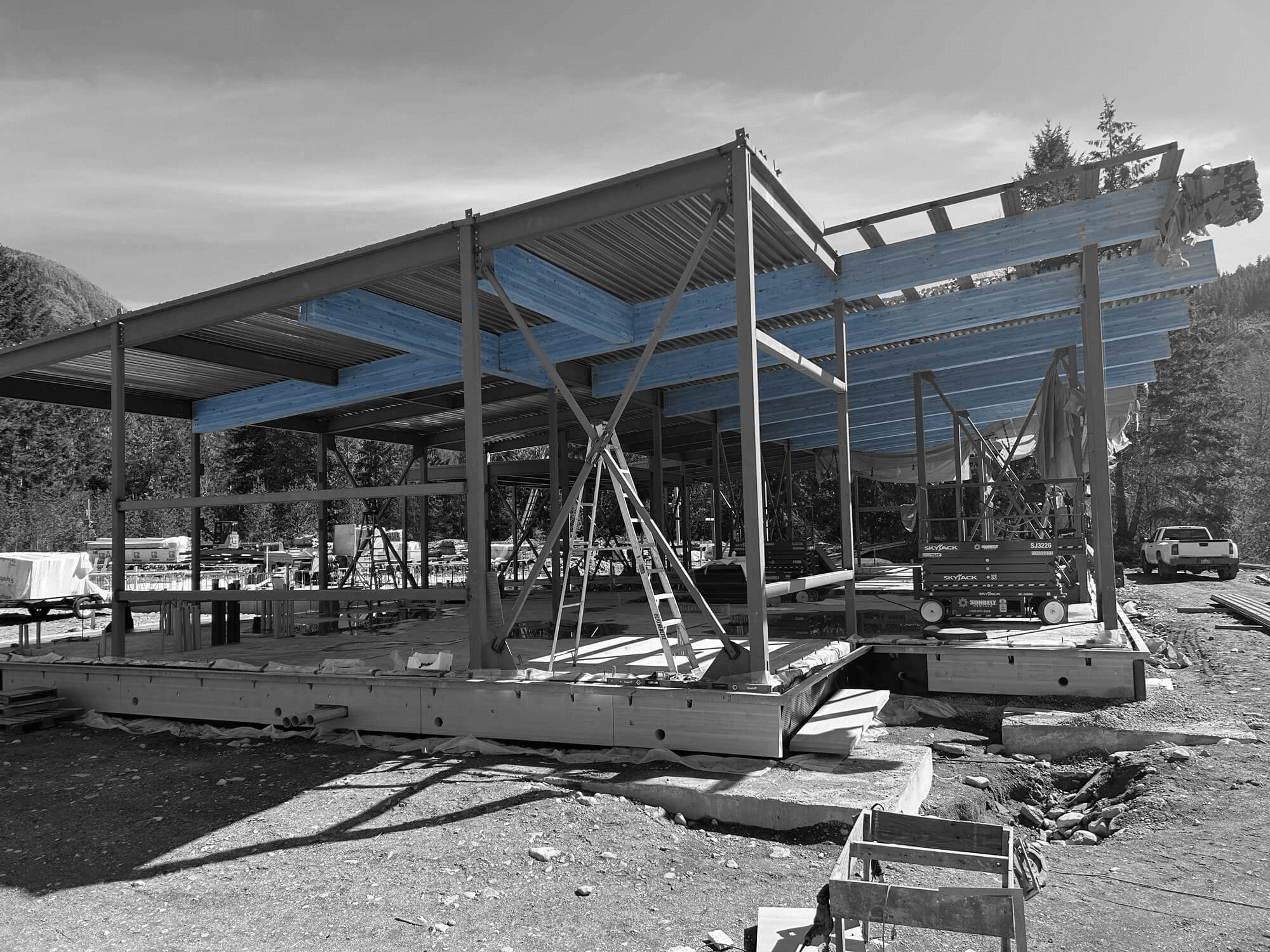Shoreline erosion is a serious issue affecting coastal areas worldwide. Waves, currents, and human activities can all contribute to the gradual loss of land along coasts and rivers. This erosion can damage properties, disrupt ecosystems, and even pose risks to human safety. Understanding how to address shoreline erosion is vital for protecting our coastline and preserving the environment.
Marine construction plays a key role in combating shoreline erosion. By using specific techniques and structures, we can stabilize shores and prevent further land loss. These methods not only protect buildings and infrastructure but also create healthier, more resilient ecosystems. Marine construction helps maintain the natural balance and supports diverse marine life.
Various methods of marine construction are available, each with its advantages. From seawalls and breakwaters to living shorelines, the right approach depends on the specific needs of the area. Choosing the correct technique involves considering factors like the type of shoreline, local wildlife, and long-term sustainability.
In this article, we will explore the impact of shoreline erosion, the key methods used in marine construction, the benefits of these methods for ecosystems, and tips for choosing the right techniques. Understanding these aspects will help you make informed decisions to protect and enhance your shoreline effectively.
Understanding Shoreline Erosion and Its Impact
Shoreline erosion happens when waves, currents, and human activities wear away the land along coasts and rivers. This process can cause serious problems for both people and the environment.
Erosion can damage homes and other buildings near the shoreline. When land is lost, structures can become unstable or unsafe. This can lead to costly repairs or even the need to rebuild. For communities, this means both financial strain and loss of property.
The effects of erosion also reach the natural world. Plants and animals living near the shore can lose their habitats. For example, coastal plants help hold soil together. When these plants are uprooted by erosion, the soil can wash away more easily. This destroys habitats and can harm the local ecosystem.
Another impact is the increase in pollution. As land erodes, it can carry pollutants into the water. This affects water quality and can harm marine life. Lakes, rivers, and coastal areas depend on clean water to support fish and other wildlife.
Erosion also impacts the economy. Tourism can suffer if beaches shrink or disappear. Fishing industries might face challenges if fish habitats are damaged. By understanding these impacts, we see the importance of addressing and preventing shoreline erosion.
Key Methods of Marine Construction for Shoreline Protection
There are several methods of marine construction designed to protect shorelines from erosion. Each method has its benefits and is suitable for different situations. Here are some key methods used:
Seawalls: These are solid barriers built along the shore to block waves. Seawalls are effective at preventing land loss and protecting properties. They are often made of concrete or stone and need regular maintenance to ensure they stay strong.
Breakwaters: Breakwaters are structures placed in the water, usually parallel to the shore, to reduce wave energy. By calming the water, they minimize the impact on the shore. Breakwaters can be floating or fixed and are useful in areas with heavy wave action.
Groynes: Groynes are barriers built out from the shore, usually at right angles. They trap sand moved by currents, helping to build up the beach. Groynes can be made of wood, stone, or other materials. They are best used in areas with strong currents that move a lot of sand.
Living Shorelines: This approach uses natural materials like plants, sand, and rocks to stabilize the shore. Living shorelines provide a habitat for wildlife and are effective at reducing erosion. They’re also more attractive and environmentally friendly compared to hard structures.
Revetments: Revetments are sloped structures placed on banks or shorelines. They absorb and deflect wave energy, protecting the shore behind them. Usually made of stone or concrete, revetments are durable and require less maintenance than seawalls.
Choosing the right method depends on the specific needs and conditions of the shoreline. A combination of these methods can also be effective in providing comprehensive protection.
Benefits of Marine Construction in Preserving Ecosystems
Marine construction methods offer several benefits for preserving ecosystems. These techniques help maintain a natural balance, promoting healthy marine and coastal environments.
Marine construction protects habitats. For example, living shorelines provide natural spaces for plants and animals. By using materials like native plants, these projects create stable habitats that support diverse wildlife. This helps fish, birds, and other creatures thrive.
Construction techniques also improve water quality. Methods like breakwaters and revetments reduce erosion, which means less sediment ends up in the water. Clear water is better for marine life, which relies on clean water to survive. Less pollution results in healthier, more vibrant ecosystems.
Marine construction can also help restore damaged areas. For example, rebuilding dunes or planting vegetation can bring back a damaged coastline. Restoring these areas supports the return of native species and improves the overall health of the ecosystem. These projects can turn degraded areas into thriving natural environments once again.
These benefits show how marine construction supports the environment. By protecting and restoring habitats, improving water quality, and fostering biodiversity, these methods help keep ecosystems healthy and resilient.
Choosing the Right Marine Construction Techniques for Your Shoreline
Choosing the right marine construction technique depends on the specific needs of your shoreline. Different areas have unique conditions that require tailored approaches. Here are a few factors to consider when selecting the best method:
1. Type of Shoreline: The nature of the shore affects the choice of construction. Sandy beaches, rocky coasts, and marshy areas all need different solutions. For sandy beaches, techniques like groynes or breakwaters may be effective. Rocky coasts might benefit from seawalls or revetments.
2. Wave and Current Action: The intensity of waves and currents plays a crucial role. Areas with high energy might need stronger structures like breakwaters or seawalls. Calmer areas could use less invasive methods such as living shorelines.
3. Environmental Impact: Consider the environmental footprint of each method. Techniques that use natural materials and promote habitat creation are more sustainable. Living shorelines, for example, enhance ecosystems and reduce erosion naturally.
4. Cost and Maintenance: Budget and long-term upkeep are important. Some methods, like seawalls, require significant investment and regular maintenance. Others, like living shorelines, may be more cost-effective in the long run with less upkeep.
5. Local Regulations: Ensure the chosen method complies with local laws and regulations. Different regions have specific requirements for marine construction. Working with experts can help navigate these rules.
By evaluating these factors, you can select the best marine construction techniques to protect your shoreline while supporting environmental sustainability.
Final Thoughts
Shoreline erosion is a pressing issue impacting human communities and natural ecosystems. With the right marine construction techniques, we can effectively combat this problem and safeguard our coastlines. Understanding the various methods and their benefits helps in making informed decisions. Protecting shorelines requires careful planning and consideration of factors like the type of shoreline, wave action, environmental impact, cost, and compliance with local regulations.
Marine construction protects properties and infrastructure and plays a crucial role in preserving ecosystems. Techniques like living shorelines and breakwaters offer sustainable solutions that enhance the natural environment. These methods support biodiversity, improve water quality, and restore damaged areas.
If you’re facing shoreline erosion issues, choosing the right approach tailored to your specific needs is essential. Expert guidance can help identify the best methods to ensure both protection and sustainability.
For assistance with marine construction projects, contact Industra Construction Corp. Our team offers expert solutions to protect and enhance your shoreline. Together, we can create resilient and sustainable coastlines for future generations.


